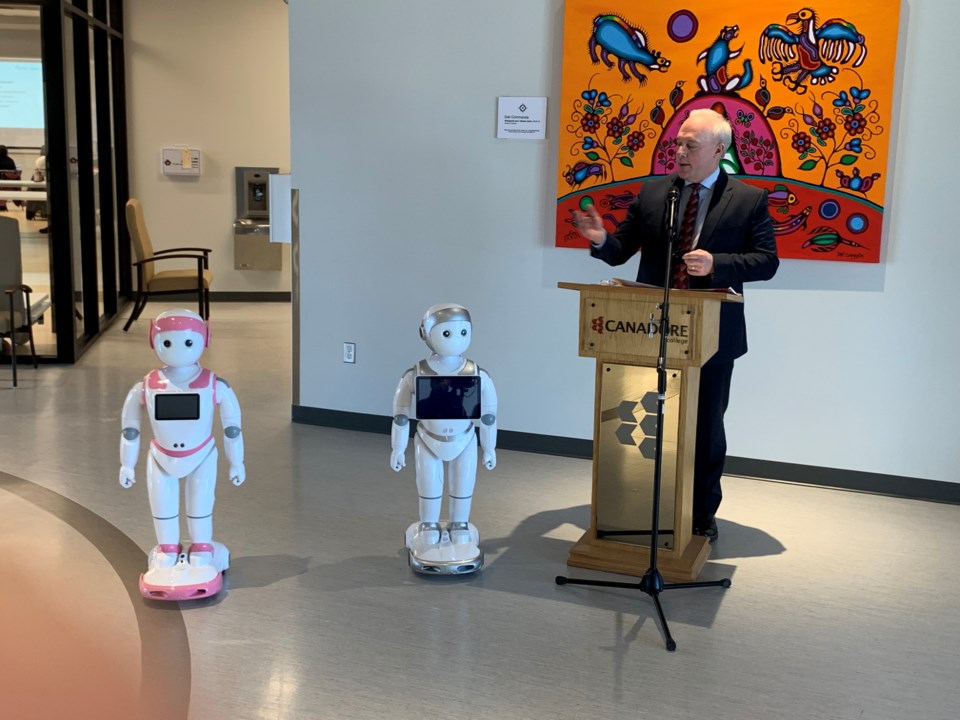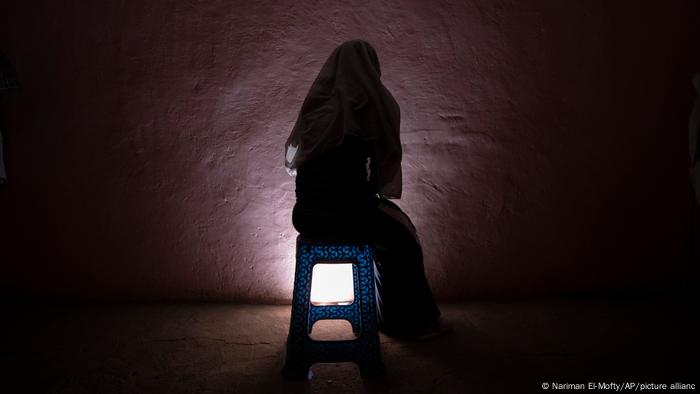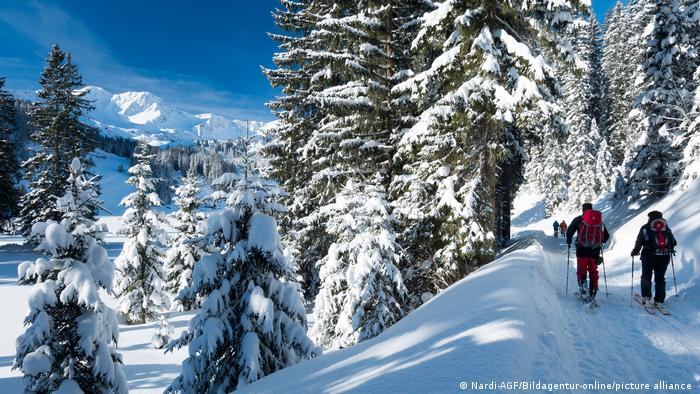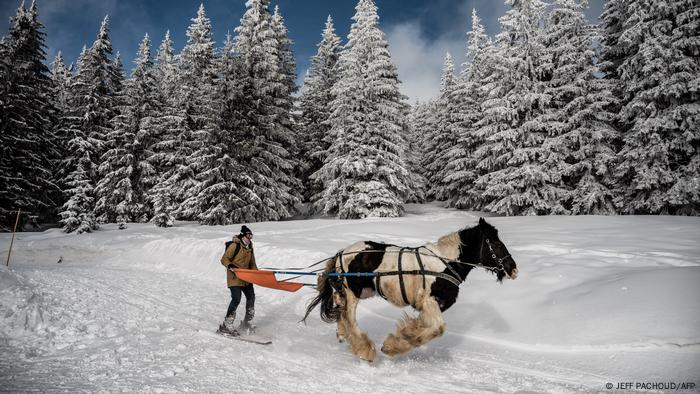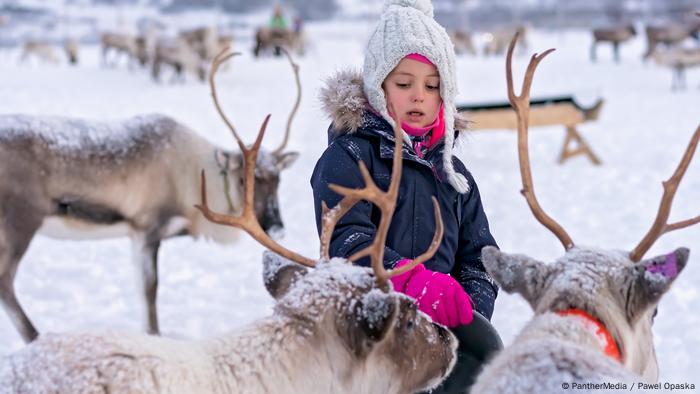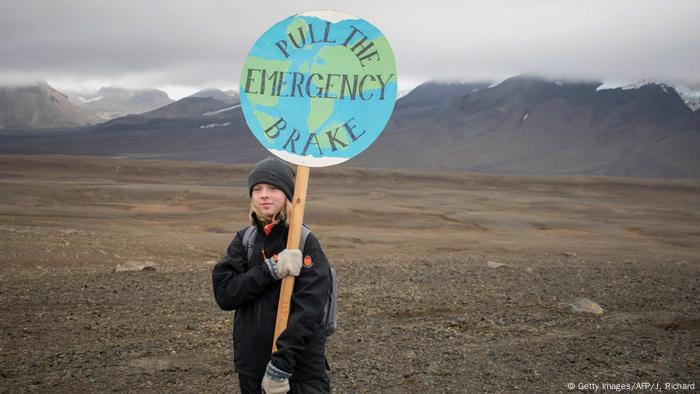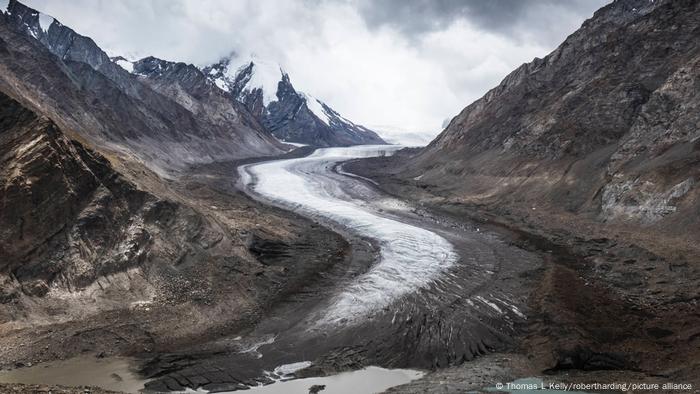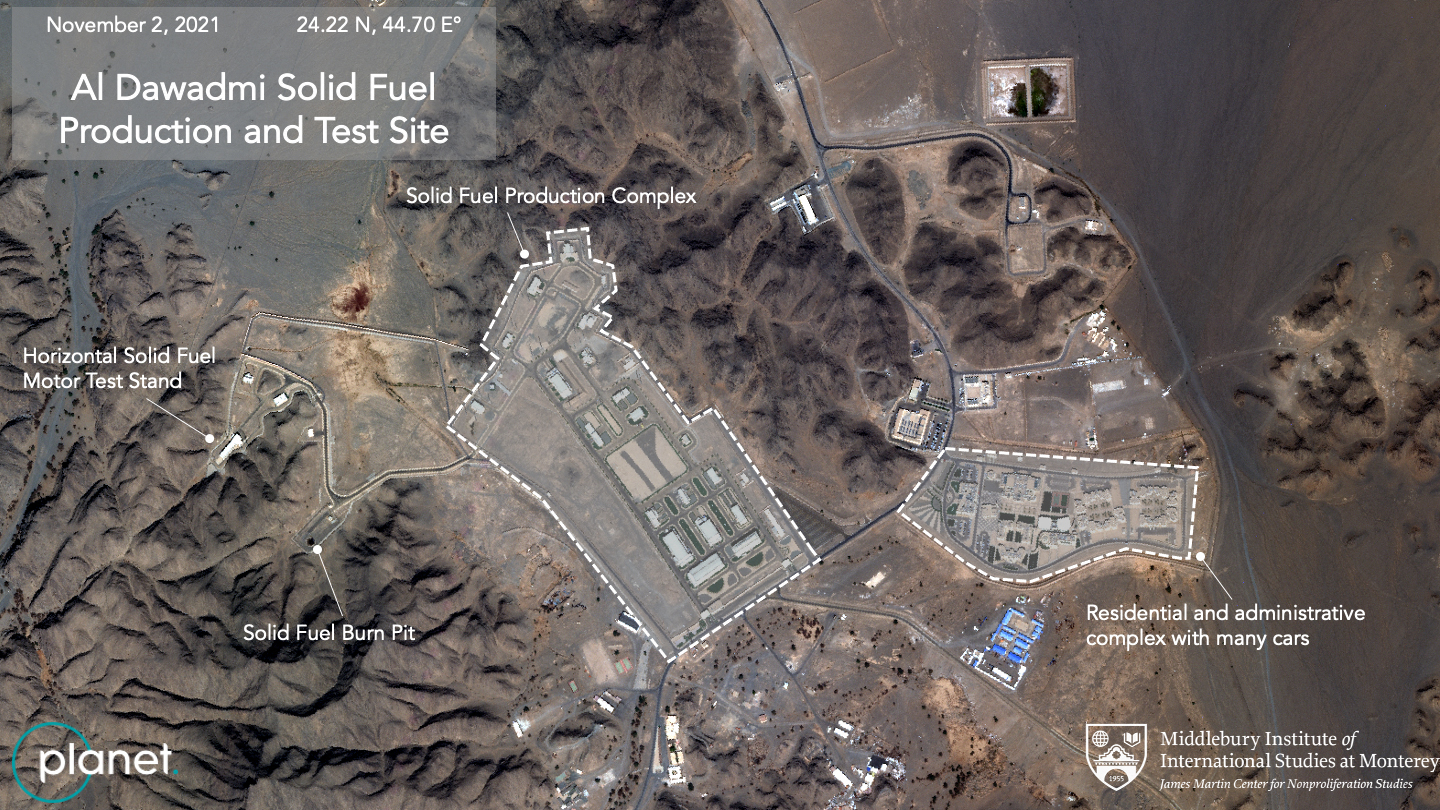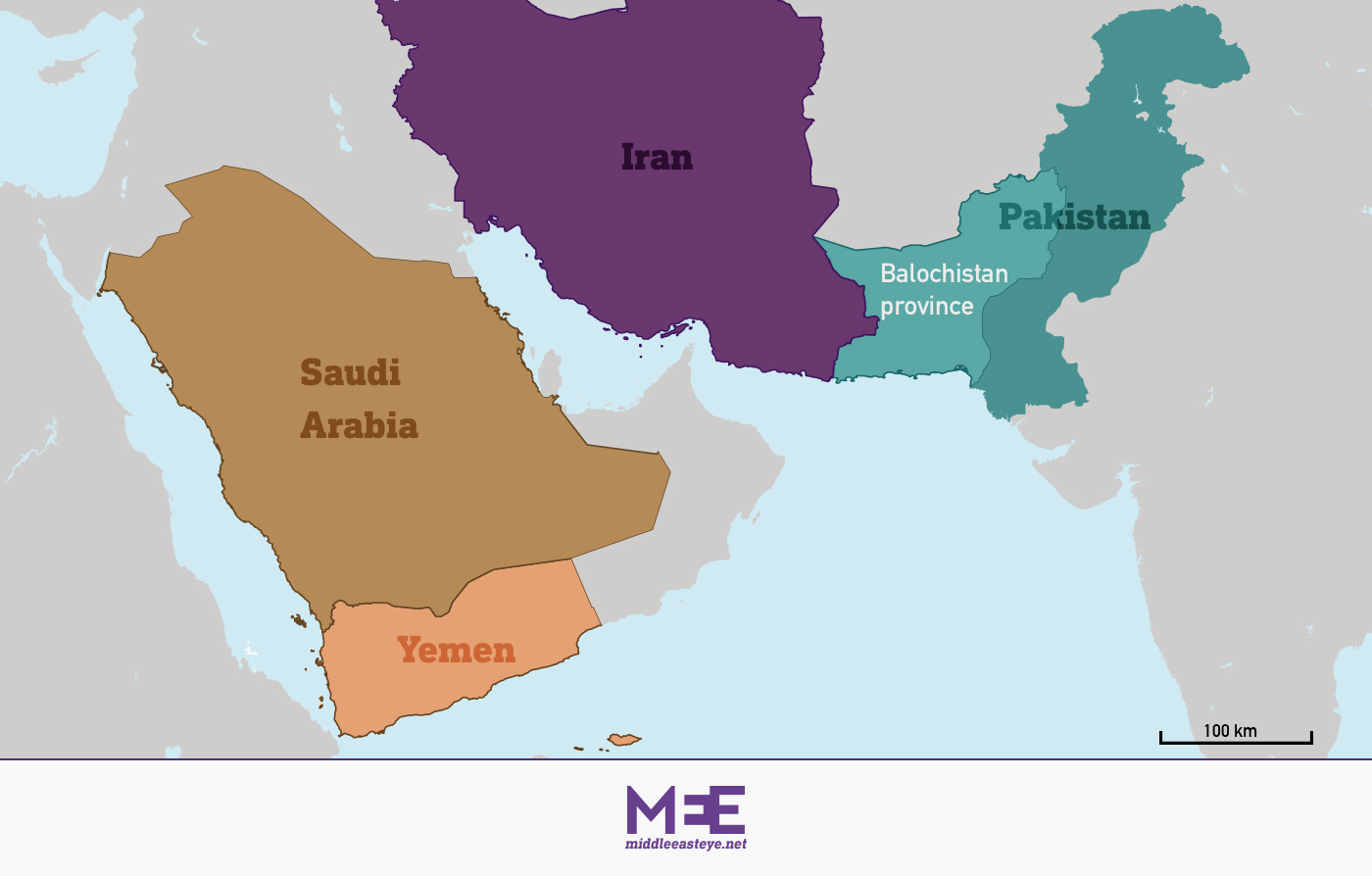COUTTS, Alta. — A blockade that paralyzed a United States border crossing for more than two weeks ended Tuesday as trucks and other vehicles with horns blaring rolled away from a southern Alberta community.

© Provided by The Canadian Press'It could have been deadly': Truckers end blockade at Alberta border crossing
Protesters had been restricting access to the busy crossing near Coutts since Jan. 29 to rally against COVID-19 vaccine mandates for truckers and broader pandemic health restrictions.
Canada Border Services Agency said operations had resumed at the crossing and RCMP confirmed later Tuesday that traffic was moving smoothly.
The exodus of vehicles came one day after RCMP arrested 13 people and seized a cache of firearms and ammunition.
Charges laid include possession of weapons and mischief to property.
Four people also face a charge of conspiracy to murder RCMP members, said Chief Supt. Trevor Daroux. He said police worked closely with the Crown to ensure they had the necessary evidence to lay those charges.
Some of the accused were granted release in a Lethbridge, Alta., courtroom on Tuesday. A judge also ordered that they can't contact one another or be within a 200-metre radius of any protest.
Mounties said an early-morning raid Monday uncovered 13 long guns, handguns, a machete, a large quantity of ammunition and body armour. Two additional weapons were seized later in the day.
RCMP also said a semi-truck and farm tractor had attempted to ram a police cruiser on Sunday.
"The dangerous criminal activity occurring away from the TV cameras and social media posts was real and organized," said Deputy Commissioner Curtis Zablocki on Tuesday evening.
"It could have been deadly for citizens, protesters and officers."
Daroux said the RCMP became aware of the heavily armed group a few days after the protest began. He said investigations are ongoing into this group and other events that took place during the blockade.
"Alberta RCMP will remain in the area until we are confident that the situation is safe and stabilized for all who travel through here," he said.
Protesters are dissociating themselves from the group of people facing serious charges. Organizer Marco Van Huigenbos said that is why the convoy decided to leave peacefully.
He said he has no regrets about participating in the blockade.
"I think we've started a movement where people are going to get more involved ... at the municipal level, provincial possibly, but also more involvement in politics in general."
Two tactical vests seized by the RCMP had badges on them, which the Canadian Anti-Hate Network said have links to troubling movements.
One vest had a "Diagolon" patch on it, a white diagonal line across a black rectangle, that is linked to an often conspiratorial and antisemitic group, said Peter Smith from the network. He said the group often talks about a soon-approaching civil war.
"(Their) rhetoric is very violent," said Smith. "One of the, kind of, common phrases used within the community is 'A gun or rope?'"
The other patch said "Infidel" in both English and Arabic in yellow. Smith said the patch doesn't indicate membership to a specific network but is known among Islamophobic militias and biker-style hate groups.
He said the biggest worry is having niche extremist networks that could work to inflame supporters linked to what was supposed to be a peaceful protest.
There was celebrating when the protest started winding down late Monday. A video posted to social media showed RCMP members shaking hands with and hugging protesters. People holding hats or hands to their chests or with arms draped across each other's shoulders sang O Canada.
Cpl. Gina Slaney confirmed the scene was from Monday night in Coutts.Zablocki said RCMP is aware of the video.
"I will say, we do encourage our members to engage with the public and develop respectful, professional relationships with all Albertans," said Zablocki. "We will be looking further into this matter."
Jim Willett, mayor of the village of 250 people, said it had been a while since he had seen anything but semi-trailers on Highway 4.
"I can see all the way to Regina," he said with a laugh.
Willett said he doesn't blame the blockade leaders for the cache of weapons.
"They were a well-behaved bunch of people," he said. "I think the organizers were taken aback as much as we were by what the RCMP discovered."
The number of protesters at a police checkpoint, north of Coutts, had also dwindled and work was underway to start clearing away a first-aid trailer, a sauna and electric generators.
"Last night, emotions were high ... I think a lot of people felt that we were giving up, but we're not giving up," said John Vanreeuwyk, a feedlot operator from Coaldale, Alta., also a protest organizer. A FEEDLOT IS A HOLDING PEN FOR CATTLE FOR AUCTION,DUTCH CANADIAN PROTESTANT
"Is it a victory? No. A victory means we're done," he said.
The blockade was one of several demonstrations in Canadian cities and border points that stalled trade, stranded travellers and disrupted lives of area residents, particularly in Ottawa.
Deputy Prime Minister Chrystia Freeland has said $48 million in trade was lost each day that the Coutts border was closed.
— With files from Alanna Smith in Calgary
This report by The Canadian Press was first published Feb. 15, 2022.
Bill Graveland, The Canadian Press
OTTAWA — Canada's safety minister says a group with allegedly violent motives that was arrested at a border blockade in southern Alberta speaks to broader concerns.
Police earlier this week charged 13 people from the Coutts protest with possession of weapons and mischief to property, including four who face counts of conspiracy to murder RCMP officers.
Public Safety Minister Marco Mendicino says some people involved in the Coutts convoy have strong ties to a far-right extremist organization led out of Ottawa, but he's not naming it.
He says the group is organized, agile, knowledgeable and driven by extremist ideology contrary to Canada's democratic values.
Mendicino says the same rhetoric used by supporters in Coutts is being heard elsewhere and undermines public confidence in law enforcement and government, which could lead to unlawful demonstrations beyond public protests.
Video: Many locals support Alberta border blockade despite disruptions (cbc.ca)
The Coutts blockade, which broke up on Tuesday, was one of several demonstrations in Canadian cities and border points against vaccine mandates and broader COVID-19 restrictions that stalled trade, stranded travellers, and disrupted lives of area residents.
"The pattern that we're seeing here is in the rhetoric that is being used not only in Coutts, not only in Ottawa, but right across the country," Mendicino said Wednesday.
"That unified and focused message is one of concern and ... does shed light on the ideological motivations of those who are prepared to move beyond just demonstrations and crossing into different conduct, which would be illegal."
This report by The Canadian Press was first published Feb. 16, 2022.
The Canadian Press

4 Men Are Charged With Conspiring To Murder RCMP Officers At Alberta's Coutts Border Protest
Four protesters have been charged with conspiring to murder RCMP officers at Alberta's Coutts border crossing.
The developments came to light on Tuesday afternoon during a live address from Alberta RCMP Deputy Commissioner Zablocki and Chief Superintendent Daroux who were providing an update to the protests at the Canada-U.S. border and the arrests made earlier this week.
On Monday, RCMP received information that a group of protesters had a "willingness to use force against the police if any attempts were made to disrupt the blockade" and that they had access to firearms and a "large quantity of ammunition."
Eleven people were initially arrested by officers before two others were also taken into custody later.

© Provided by Narcity4 Men Are Charged With Conspiring To Murder RCMP Officers At Alberta's Coutts Border Protest
Of those arrested, most face charges of mischief to property over $5,000 and possession of a weapon, including:
Jaclyne Martin, 39
Ursla Allred, 22
Joanne Person, 62
Luke Berk, 62
Evan Colenutt, 23
Johnson Law, 39
Justin Martin, 22
Eastin Oler, 22
Janx Zaremba, 18
Four men are also charged with conspiracy to commit murder:
Chris Carbert, 44
Chris Lysak, 48
Anthony Olienick, 39
Jerry Morin, 40
All remain in custody and Lysak has additionally been charged with uttering threats.
Zablocki said the weapons seizure and subsequent arrests speak to the "serious criminal activities" taking place during this protest.
He added: "The dangerous, criminal activity occurring away from the TV cameras and social media posts was real and organized, and it could have been deadly for citizens, protesters and officers."
Daroux said their main goal is to maintain public safety and facilitate a lawful protest which meant maintaining an open border.
He added: "I want to stress - at all times during this operation, our officers were investigating, gathering evidence and working towards a safe and effective plan to enforce the applicable laws and legislation. All of this was guided by the level of threat to our officers and anyone involved."
A covert operation conducted by an Edmonton security firm determined some protesters occupying the Coutts border had become so emboldened by the blockade’s success they discussed blocking cargo terminals at airports across the country in an ongoing attempt to force a change of government in Ottawa.
“This protest has been wildly successful, far beyond the protesters’ imaginations,” said Neil LeMay, a senior consultant with Global Enterprise Security Risk Management.
“I think we can see this group looking to repeat their successes at different locations,” LeMay said.
“We do have some intelligence that we believe is reliable, that suggests they're considering targeting international airports where cargo and shipping supplied to routes are vulnerable.”
A retired RCMP member with nearly 30 years of policing experience, LeMay most recently was the deputy chief in charge of protection services for the Alberta government, responsible for the safety of 75,000 employees in more than 300 locations. His firm conducts threat assessments and sells them to various levels of government and private corporations.
LeMay said a private investigator, working covertly, spent about 10 hours on Saturday among the Coutts organizers and their families.
“They are absolutely amazed that the police haven't taken more enforcement action against them, particularly at the border in Coutts,” LeMay said in an interview Sunday before many protesters with the blockade began leaving Monday evening and the blockade was dismantled Tuesday morning.
Video: Weapons and ammunition seized at border blockade in Coutts, Alberta
His firm’s threat assessment, obtained exclusively by Global News, found the Coutts blockade was spiritually motivated by far-right Christian ideology and was highly organized, with what appeared to be a leader — unidentified in the assessment — who delegated tasks, and directed its finances and security.
It was well supported and funded both by local people and by wealthy farmers, ranchers and by trucking and construction-company owners from across the province who were participating in a “proxy protest” by providing farm equipment, trucks and heavy equipment to block Highway 4, a key trade route between the U.S. and Alberta, the assessment stated.
Read more:
Canada’s emergency law invoked over fear of ‘serious violence’ for political, ideological gain
At a news conference Monday, Prime Minister Justin Trudeau announced the federal government has invoked never-before-used emergency powers to support provinces in ending the blockades in Ottawa, Coutts, and elsewhere.
Under the Emergencies Act, he said, the government will “designate, secure, and protect” places and infrastructure that are critical to Canada’s economy, including airports and border crossings.
Goods and supplies delivered along coulee trails
LeMay said there were two distinct groups blocking the border at Coutts and further north along Highway 4 at Milk River, and very few of the protesters were truckers affected by the federal government’s cross-border vaccine mandate.
As has been reported, the protest group at Milk River was much larger, as many 1,500 people at one point. LeMay said the group, which was almost exclusively white, included many protesters in their late teens or early 20s but also people of all ages.
They weren’t involved in blockade planning.
“They are just there for support. A lot of them are there just to have a big party and thumb their nose at the police and the government,” LeMay said.
At Coutts, there was a core group of about 30 to 35 people, and their families, including small children.
The security firm’s investigation concluded some protesters, particularly within the Coutts group, viewed the presence of children as a potential “shield” from law enforcement tactics but kept the children there despite the risk of harm should police move in.
“We know that there have been discussions around the table at the headquarters of the (protest at the) Smuggler’s Saloon in Coutts where mothers have openly questioned how their children will react to the tear gas when it comes and what effect it will have on them,” LeMay said.
LeMay said goods and supplies, including water, food, fuel, even diapers, were brought to the group on foot or by all-terrain vehicles through a myriad of coulee trails.
“There is so much food there that they're running out of places to store it,” LeMay said Sunday.
Supplies suggest 'protest by proxy' element
There were also many expensive tractors, trucks and heavy construction equipment parked at the blockade by farmers, ranchers and private-company owners, many of whom were not at the site.
“There is an element of this protest by proxy where this relatively small group of Christian right-wing protesters are being used by people with maybe similar agendas to disrupt the supply chain,” LeMay said.
He said the blockade had been labelled a trucker protest about COVID-19 border restrictions but “that is just the cover.”
Read more:
Kenney says federal government’s use of Emergencies Act ‘not necessary’ in Alberta
Some of Alberta’s largest trucking and construction companies supported the blockade, both financially and morally.
“So there is a lot more going on here than just a handful of truckers who aren't able to cross the border to make a living,” LeMay said Sunday.
On Monday morning, Alberta RCMP announced they had detained 11 people after seizing more than a dozen long guns, handguns, ammunition, a machete, and body armour while executing a search warrant on three trailers following an investigation at the Coutts crossing.
In a news release, police said the seizure was part of an investigation into what they allege was a small organized criminal organization within the largest protest, which was “said to have a willingness to use force against the police if any attempts were made to disrupt the blockade.”
RCMP later said they had arrested two more people: one whom police stopped on the highway heading back to the protest and who was allegedly found with two guns, and another who allegedly drove a semi-truck towards police near the Milk River check stop.
Video: Alberta border protest blockade clears after police seize weapons
Far-right Christian ideology
LeMay said the Coutts group has close ties to Christian libertarian factions in both Canada and the United States.
His firm’s investigator observed American protesters and supporters within the Coutts group, “suggesting they are crossing the border at will while it is blockaded,” the threat assessment stated.
Critically, the assessment concluded that the blockade, which began under the auspices of protesting COVID-19 public health measures, had become more concerned with “replacing our current democratic system of government with a government that is based upon the principles of the Christian right.
“The rule of law would be replaced with the word of God, as interpreted through right-libertarian ideologies, specifically: civil liberties, natural law, and a major reversal of the modern welfare state,” it said.
Galvanizing the Coutts group, LeMay said, was Calgary pastor Tim Stephens of Fairview Baptist Church. Stephens and his church have repeatedly flouted COVID-19 public health orders.
In May 2021, Calgary police arrested Stephens for allegedly violating a court injunction by holding church services that did not comply with COVID-19 public health orders, including rules related to masking, physical distancing, and attendance limits.
That charge was later dropped after AHS admitted a case of “mistaken identity” meant it had not properly served Stephens with the injunction.
Less than a month later, police arrested Stephens again for allegedly holding an illegal outdoor service that ignored physical distancing requirements and capacity limits. His trial on one charge of disobeying a court order is scheduled to take place in early May.
In a 12-minute video taken by the security firm’s investigator, and reviewed by Global News, Stephens tells the Coutts blockaders that the “Bible likens the state, when it is acting in an ungodly manner, to a beast.
“And that beast is seeking to devour everything,” Stephens said, exhorting them not to give in to the state or rely upon it for welfare, jobs, and education.
“We have all forgotten, as a country, that freedoms are founded upon the supremacy of God, and the rule of law. And not just the rule of any law, but the rule of the law — the word of God,” Stephens says.
He tells protesters they should remain peaceful but stand firm and abide by the law of God “that is higher than our government.”
There is no evidence that Stephens had any involvement in the planning or operation of the blockade.
“We all have differences of opinion on the method of protest or non-compliance (I have my own thoughts on what is best), but we should all recognize that the cause is just,” Stephens wrote, adding later that all of the people he met in Coutts “were people of honour, integrity, and character.”

